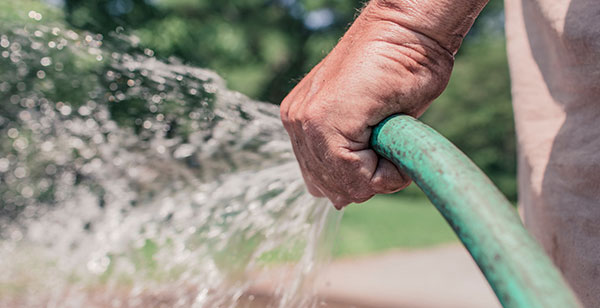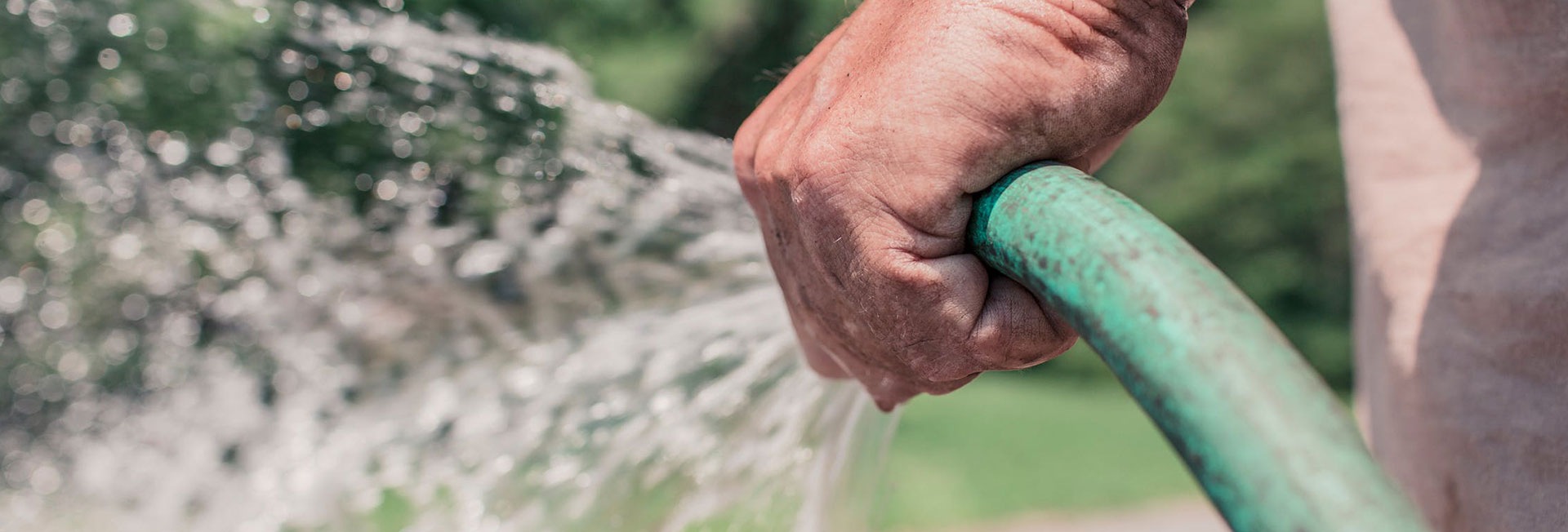Lawn Watering Tips
With spring and summer around the corner, it’s time to make the most of your lawn watering schedule by following a fertilizing calendar and mowing properly. Proper lawn care will promote strong grass roots that absorb water more efficiently, leaving you with a healthy lawn.
Since most homeowners tend to over water the grass, Briggs & Stratton offers this guide full of lawn watering tips to help you understand how to take care of your lawn.
When is the Best Time to Water the Lawn?
You will know it is time to water the lawn when grass turns a bluish color in direct sunlight. Also, footprints that stay in the lawn after walking on it indicate the grass needs a drink.
- The best time to start is early in the morning, between 4 AM and 9 AM
- With minimal winds, the sun is not intense and the water is less likely to evaporate
- If you water the lawn at night, the moisture is not absorbed quickly enough and standing water is a catalyst for turf grass diseases, weeds and pests
How Long Should I Water My Lawn?
When Mother Nature is taking a break from watering the lawn with rain showers, it’s best to give your grass a good soak a few times a week rather than more frequent light sprinklings. A soggy or constantly moist lawn, especially when combined with warm temperatures, invites fungal diseases, shallow grass roots and insect pests to take hold and do damage.
Taking recent precipitation into consideration, a healthy lawn needs about one inch of water each week; two 30 minute sprinkling sessions (depending on yard size) will achieve this goal. To determine how much water is being distributed with each sprinkling use the steps to learn how to make a rain gauge:
- Take an empty tuna can, measure and mark the one inch level on the inside of the can
- Space one or more of these cans about 15 feet apart in the grass
- Being mindful of time, check the cans at intervals to determine how long it takes to measure one inch of water
- With your DIY rain gauge, you will now be able to adjust your lawn watering schedule to apply a half-inch of water twice a week
Drought Lawn Care
The lawn watering tips above unfortunately do not apply during a drought. In extreme heat with extended periods of no precipitation, it is important to remember that your lawn is stressed. In this scenario, it is best to let the grass go dormant.
Several grass types are equipped to survive hot, dry weather, including Zoysia grass, Bermuda grass, St Augustine grass, buffalo grass, Bahia grass and Fescues. Instead of dying like plants, they go dormant, no longer requiring food or water. When the rain and cooler temperatures come again, your yard will awaken to green grass and a healthy lawn.
Remember the following tips during a drought:
- Do not apply herbicides, fertilizers or aerate
- Whether using a push mower or riding mower powered by Briggs & Stratton, mow a high grass height and do not cut off more than one third of the grass blades
- Droughts have more impact on bare or poorly protected soil than soil shaded by tall plants and trees
- When soil becomes warmer, water evaporates faster, leaving the dry grass and soil vulnerable to irreparable damage
- When the grass height is higher, it provides more shade for soil to allow your lawn to grow deeper grass roots
- Leave grass clippings on your lawn to help shade your soil and retain moisture in your lawn after watering once the drought has passed
As a lawn watering expert, you can now combine with Lawn Care Tips and Weed Control, to have the healthiest lawn in the neighborhood! For more tips like to these or to learn more about lawn mowing find a Briggs & Stratton Dealer in your area today!






